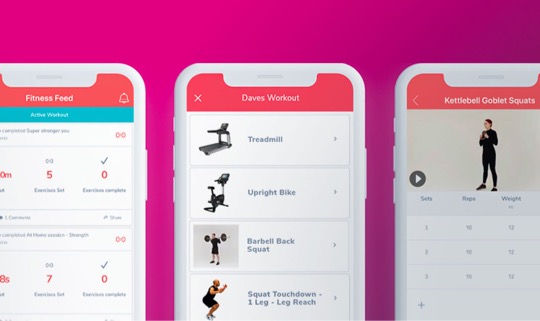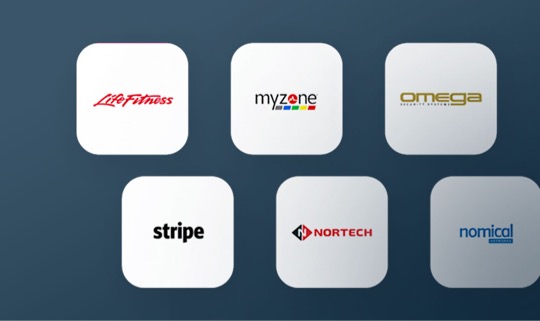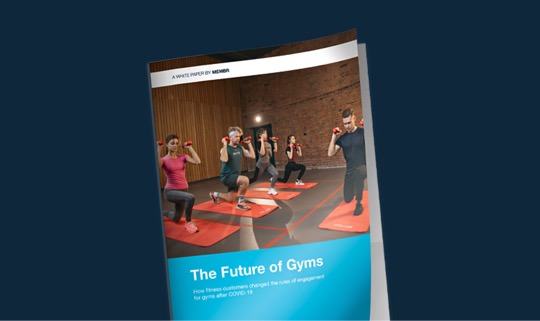Over the past few years or so, we seem to have gone boot camp mad in the fitness industry! There are many successful boot camps out there, and maybe you are one of those businesses. However, with an increasing number of boot camps setting up, due to an increasing demand for them off the back of great results, it’s important to keep reviewing your business models to ensure you remain competitive in the industry. Or if you are thinking about getting started with a boot camp business of your own, hopefully this blog will give you a few things to think about.
Boot camps can survive as a stand alone business in their own right – it doesn’t have to be a branch of a gym, or part of a fitness centre. But, it’s important to get a good business model in place, and an even better marketing plan!
Let’s start with a bit of an introduction to what’s actually a ‘boot camp’.
What’s a boot camp?
Generally, the term boot camp is used to describe a group/team based outdoor fitness program, consisting of body weight–based exercises, combined with agility/obstacle-course work and running.
Derived from military training, boot camps are typically more intense than other types of workouts and are usually extremely demanding for even the fittest clients.
How to set up your boot camp?
Here are some key business points that should be considered when setting up a new boot camp program:
1. Maximise outdoor space
More often than not, this is free! Maximising the free, open outdoors helps to eliminate the greatest cost in any Personal Training business – facility hire!
Even if your local area does charge a fee for an outdoor space or if you need to rent an indoor studio space over the wet, winter months, the boot camp business model is effective, in much the same way as the Yoga or Pilates studio model is successful. You just need to ensure that you are charging enough to account for all the over-heads.
2. Local & accessible
Make sure that your boot camp location is convenient, easy to find and in an area with an appropriate population density and demographic. In other words, do your research first.
3. Functionality
Ensure that your location provides a strong functional space to support the activities and exercises that will form the basis of your boot camp program. It terms of equipment functionality, remember that it should be versatile, lightweight and easily transportable.
4. Neighbours
Are the businesses around you likely to support your program?
For example, if you try to set up shop above a physio clinic, and you plan on making lots of noise with slam balls and battle ropes, you may encounter some resistance!)
We recommend that you try to work with other businesses. Offer discounts or incentives could be a great way to create some powerful partnerships.
5. Costs
Are the potential costs of the space you are looking at, any location improvements, as well as any equipment you need to purchase and/or hire, too high to justify the program’s expected return on investment? If the answer is yes, you need to go back to the drawing board.
Successful boot camps can make an immediate return on investment within their first block of the boot camp program.
It’s key not to spend too much in the initial set-up and you need to ensure you are charging enough (but not too much) for your services!
And when it comes to equipment, remember that you don’t need one item per client – they can share 1 slam ball between 2 or 3 for example. If there is an item of kit where 1 per person is required, think about hiring the equipment to the clients. This idea is often done with yoga mats.
6. Add–on’s
Make sure that your clients feel that they are receiving good value for money. For example, it’s not just a few coached sessions a week that they are benefiting from, they will also receive a nutrition plan and an additional strength and conditioning training plan to support their progress throughout the program. These additions may require you to spend a little more time planning initially, but won’t cost you any extra in the long run, and they can help to guarantee positive results for your clients – if they are willing to put the work in too.
7. Program Design
As a fitness professional, this is probably the aspect you feel most comfortable. A few important points to consider though:
- Make sure the program meets the needs of your target demographic
- Plan ahead, allowing exercise progression over the course of the program.
- Understand transitions between exercises, and choose combinations that flow easily from one to the next. Set work and rest periods.
- Know, and then emphasise, what differentiates your program from the competition.
- Purposefully build competitive and cooperative interaction into the workout.
- Ensure that the program feels exclusive and special to the participants.
One of the toughest aspects of any business is getting your marketing right! And the same goes with boot camps.
Yes, I imagine that you want to appeal to as many people as possible to gain a good client base, but you need to ensure that you are appealing to the correct target audiences, and at their level. This can be hard, and a fairly over-whelming task – where do you even start? When you are deciding on your target audience/s for your boot camp/s, ask yourself the following questions:
- Who is likely to enjoy the program?
- What demographic characteristics do they share?
- How many people like this live or work in my geographical area?
- What kind of programming schedule will best accommodate this group?
- Who can afford the program?
Now, considering the points above, what I’m about to explain isn’t necessarily the best way, and it’s definitely not the only way, but I find it helpful to categorise my different boot camp classes by the time of day that potential clients can attend. For example:
- Before work boot-campers
- Lunch-break boot-campers
- After-work boot-campers
- Day-time ‘parent’ boot-campers
- Youth boot-campers
- Team boot-camps
Each of the above categories provides a different type of demographic, so it can be a helpful way of simplifying the way in which you ensure your marketing appeals to each individual group.
Identify your target market first and then tailor the fitness program based on viable demographic data.
For example, the ‘lunch-time boot-campers’ will want a short, sharp session so that they can get back to work on time. The ‘day-time parent boot-campers’, on the other hand, will be more of a social group, so perhaps you could partner up with a local coffee shop, so they can have a discounted coffee together after their session.
You may not want to pursue all of the groups outlined above, or maybe you have a different type of demographic all together in your mind as the target audience. In order to keep it as simple as possible for you though, decide which group(s) you would like to work with, and develop your marketing scheme and program around them.
How to market your boot camp effectively?
Now that you have determined your target audience, you need a way to attract them to your new program. Not surprisingly, website support is a crucial piece of today’s marketing plans.
Potential clients are likely to use the internet to learn more about your program, and your online presence will become a primary way to attract potential markets. A good, functional website can also serve as a device for communicating, scheduling changes and other information.
Think of your website as a retention tool, an information booth, a place to post testimonials and even a means by which participants can sign up and pay for their boot camp online. Having an online presence is such an important aspect of any business now, and it really is worth spending the time, energy and resources to make your website as effective as possible.
Another great way to attract participants is to work with members of your local media: local radio, newspapers, magazines etc. Give them something short, sharp and well-worded to create a real “buzz” regarding your boot camps.
Developing an active referral network is also a key component of any effective marketing plan.
The first people to target are the participants themselves, as they can generate interest among family, friends and colleagues. As an incentive, give participants complimentary one-time class vouchers for ‘x’ number of referrals.
You can also find ways to capitalise on walk-by traffic when marketing your boot camp. Chances are, passers-by will notice your outdoor class and be curious as to what you are doing. At the very least, you should bring program leaflets to your outdoor location so you have something to supply to those interested.
You may even want to bring along an employee whose sole job it is to answer questions, provide information, sign up participants or give out free-trial vouchers.
So, we’ve looked at what boot camps are, highlighted key business considerations, and discussed the importance of identifying your target audience/s as well as having a strategic and effective marketing plan in place. There is no doubt that boot camps can provide a financially successful business — you just need to ensure you have the correct planning in place, develop an effective exercise program that is well suited to your clients needs, and no doubt you, and your clients, will benefit from endless success.













